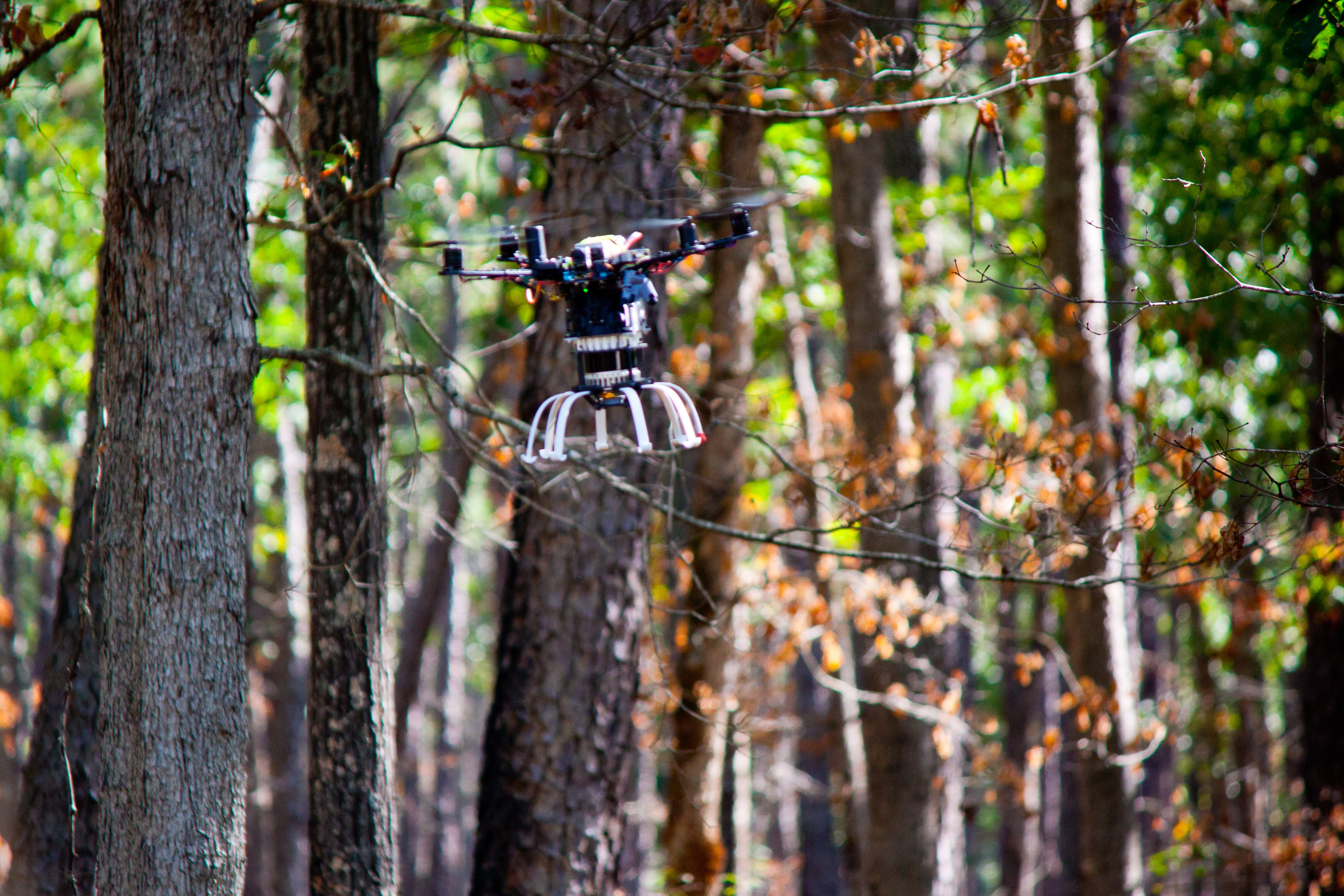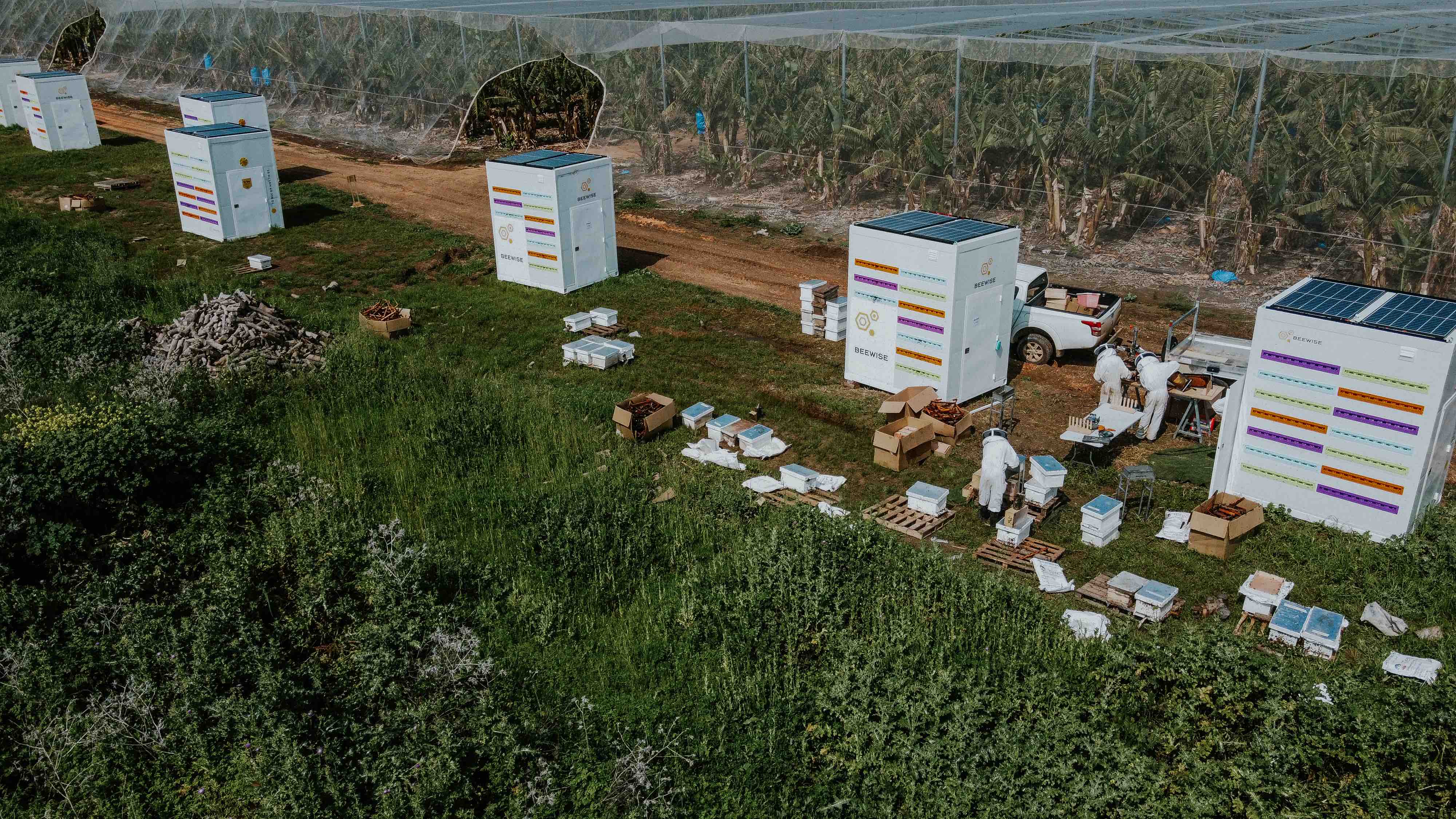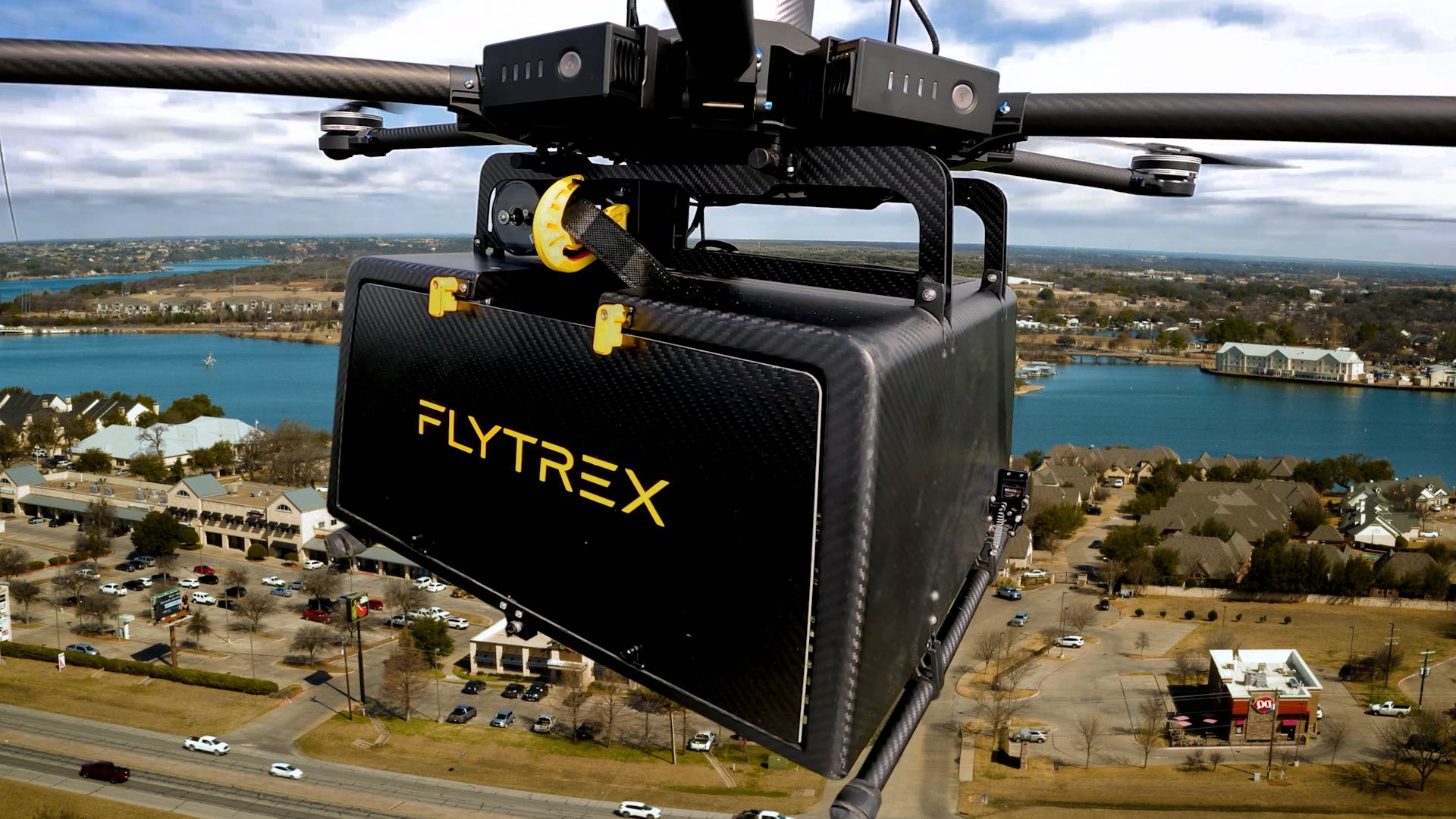Earlier this week, a video surfaced of a robot dog walking down the streets of Shanghai with a bullhorn strapped on its back. There are those who will, no doubt, view it as a kind of apocalyptic vision. I’d be lying if the thought hadn’t crossed my mind. It’s a strange thing, living through history and imagining yourself traveling back in time as recently as 2019 and attempting to describe the scene.
A quadrupedal robot bounding along down empty streets in a city with a population topping 26 million. The voice emerging from its back is warning citizens to stay inside, as China begins its largest lockdown in two years, as the country is seeing another spike in the ongoing pandemic.
The less cynical part of me (it exists! really!) sees a fascinating little microcosm. We can debate lockdown measures (and certainly China’s specific approach to them) another day. But the image of a robot doing a job designed to curb the spread of the virus’s transmission distills a lot of what I’ve been writing about for the past two years and change.
We’ve been waiting decades for robots to have their moment. Truly that moment is right now — because it has to be. After years of discussing automation like some far-off luxury, it’s suddenly a necessity. We put on our flood pants, opened the door, the water’s closing in and suddenly everything’s coming up Milhouse. The act of strapping a bullhorn to the back of the robot may not be the exact application its creators intended, but it’s a time to be nimble and clever. It’s a time to see what these robots can do.
I’m not going to tell you that the interest level in robotics and automation is going to remain at a fever pitch once (knock on wood) things go back to whatever form of normal we head into. But plenty of industries are going to be permanently changed by the seeds that have been planted. Much of it will be for the better — as robots improve quality of jobs and life and move people out of harm’s way.
But I certainly wouldn’t classify myself as a full-throated techno-optimist, either. The sooner we address the eventual issues, the better. I’ve heard it described as “growing pains,” but I think the phrase does a disservice to very real people who stand to lose very real jobs. Even if, as Dean Kamen recently told me in this newsletter, automation stands to create more jobs than it displaces, how do we help the people impacted in the immediate term? Employee education initiatives like the one recently announced by Apple are, at least, a good starting point.
This topic has been weighing fairly heavily on me in recent weeks as I explore pieces about chip shortages and the supply chain. Conversations around offshoring manufacturing jobs took a similar form. Long run, if we play our cards right, we can create more higher-paid, less back-breaking work. But do you want to be the one to tell undervalued workers that suddenly their services are no longer needed or that they should have learned to code with resources that may or may not have been available to them? In much the same way I believe that startups should focus on having a net positive environmental impact, tech companies that are potentially displacing jobs need to determine how we ensure that a technology making life better for some isn’t actively immiserating others.
Let’s have that conversation. I plan to keep discussing it here and onstage at our upcoming robotics event. I expect to discuss it with the startups I speak to going forward and hope my VC readers will do the same. Technology’s role should be improving the sum total happiness for life on Earth. It has the potential, but often lacks the followthrough.
This week’s robotics news hits offer myriad ways we can do this, from forestry to factories to bees, which, yes, are good.

Image Credits: RE2
The biggest news of the week is Sarcos’ big-ticket purchase of RE2. The $100 million deal includes $30 million in cash (that’s why you do a SPAC) and $70 million in stock. As I noted before, there’s definitely some redundancy here, with Sarcos’ existing tech and RE2’s teleoperation systems. There’s likely to be some consolidation there, but the new acquisition adds some verticals to the fold, including underwater applications and the medical market.
Here’s Sarcos’ CEO:
This transaction brings an innovative company with a complementary but additive suite of products into the Sarcos family, allowing us to offer a much wider range of solutions to address our customers’ needs. It will also allow us to expand our offerings to new industries such as medical and subsea, deepen our team of robotics experts, and advance the development of AI and machine learning technologies for use in unstructured environments.

Image Credits: Treeswift
As I noted on Twitter recently, I’ve been saying “Treewise” all week as a weird byproduct of covering a pair of startups doing some really interesting work in the natural world.
First off is Treeswift, fittingly named after a family of forest-dwelling birds. The company hopes to replace existing satellite and plane imaging with a swarm of drones designed to track deforestation, give carbon capture readings and help prevent forest fires (as only you and a drone can do). It just raised a $4.8 million seed round, bringing its total funding to $6.4 million.

Image Credits: Beewise
From drones to drones — founded in 2018, Israeli firm Beewise is hoping to help “colony collapse disorder” (CCD), which has led to a 30% annual reduction in bee colonies every year. The company, which just raised an $80 million Series C, builds what amount to robotic hives, designed to protect their tenants from habitat destruction, population, pets and other intrusions. Says the Beewise CEO:
Our Beewise team is thrilled to be supported by an incredible roster of investors for our Series C who understand our dedication, tenacity, and passion towards succeeding in saving the bees and reversing the trend of the bee colony collapse. With thousands of orders placed in the U.S. in just the last few months, and with this funding, Beewise will be able to meet incredible market demand through increased manufacturing, develop additional product iterations, and further improve pollination.

Image Credits: Flytrex
One more bit of drone talk. FlyTrex just announced that it’s expanding delivery service to Texas. Specifically, it will be arriving in Granbury, a town of around 10,000 in the greater Dallas/Forth Worth metroplex. Partners include the restaurant conglomerate behind Chili’s and Maggiano.
Some news from Boston Dynamics to close us out this week. The Hyundai-owned firm announced the availability of its second commercial robot, Stretch. Deliveries for the warehouse robot are set to occur in 2023 and 2024. Meantime, the company has been working with a number of clients, including DHL (which recently made a massive purchase) and clothing retailers Gap and H&M.

Image Credits: Bryce Durbin/TechCrunch
Get the latest robotic buzz by subscribing to Actuator.
from TechCrunch https://ift.tt/FKBDci0

Comments
Post a Comment